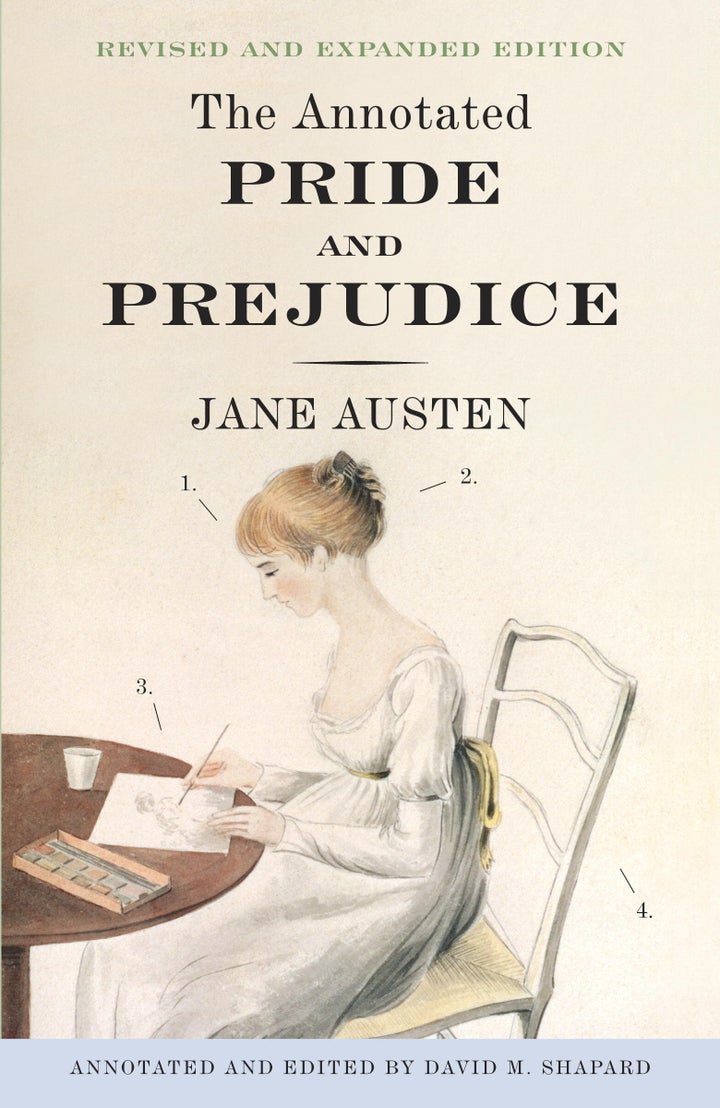
David Shaphard is the author of The Annotated Pride and Prejudice
My exposure to Pride and Prejudice precedes my attachment to it.
I first read it in college, a time when I was reading little fiction, because I had heard it was a great novel. I enjoyed it but was not extremely impressed, for it seemed to be a mere record of the triviality of everyday life and to have little of the grand issues or social and political clashes I expected in a great novel.
Years later, however, when I turned to reading all Austen's novels, I realized how wrong I had been. I saw that she was exploring profound social and moral and psychological issues within the context of the actions and situations of ordinary life, thereby making these issues even more relevant.
As for Pride and Prejudice specifically, there are several features that distinguish it particularly for me. Its story has a perfect symmetry, with two main characters who spend the first half of the novel falling steadily deeper into hostility or misunderstanding, and the second half becoming reconciled, with both making serious mistakes, suffering the consequences, and being forced to improve and correct themselves to attain the other.
Moreover, every incident or conversation contributes to the overall design, advancing the story and revealing character.
Finally, it is the funniest of all Austen's novels (which is saying a lot), with one character, Mr. Collins, that I can hardly think about without laughing inwardly.
Here are 12 facts you didn't know about her famous book: